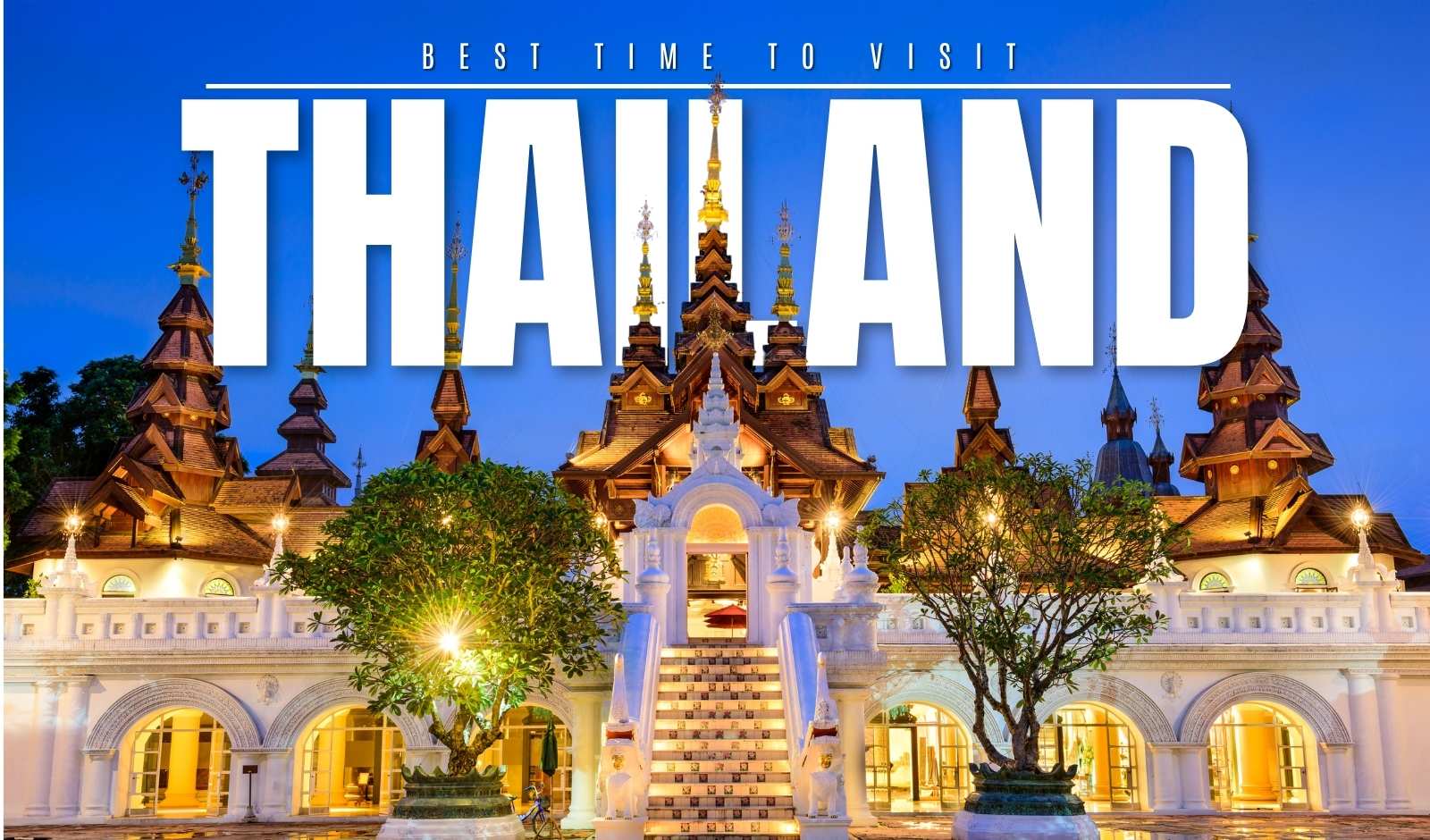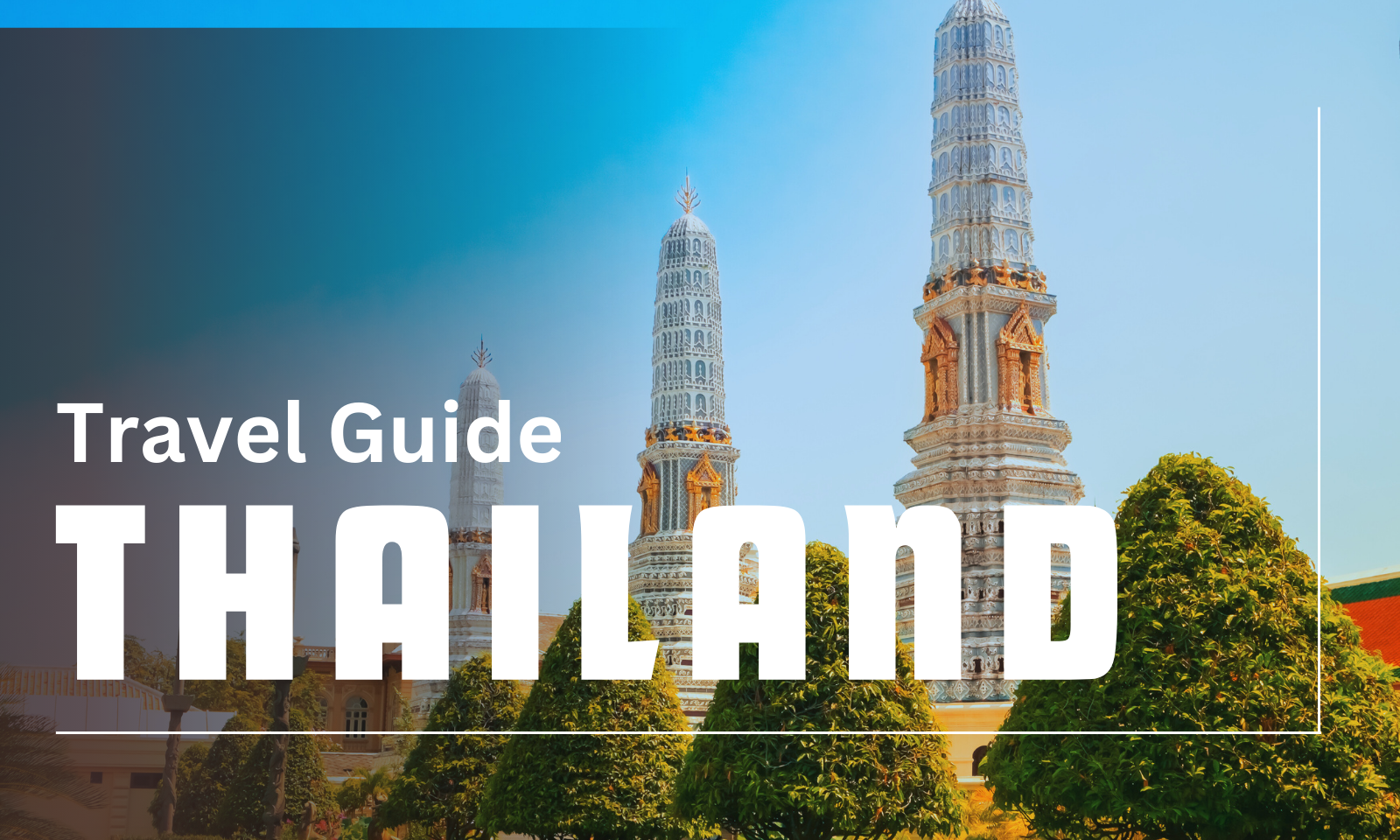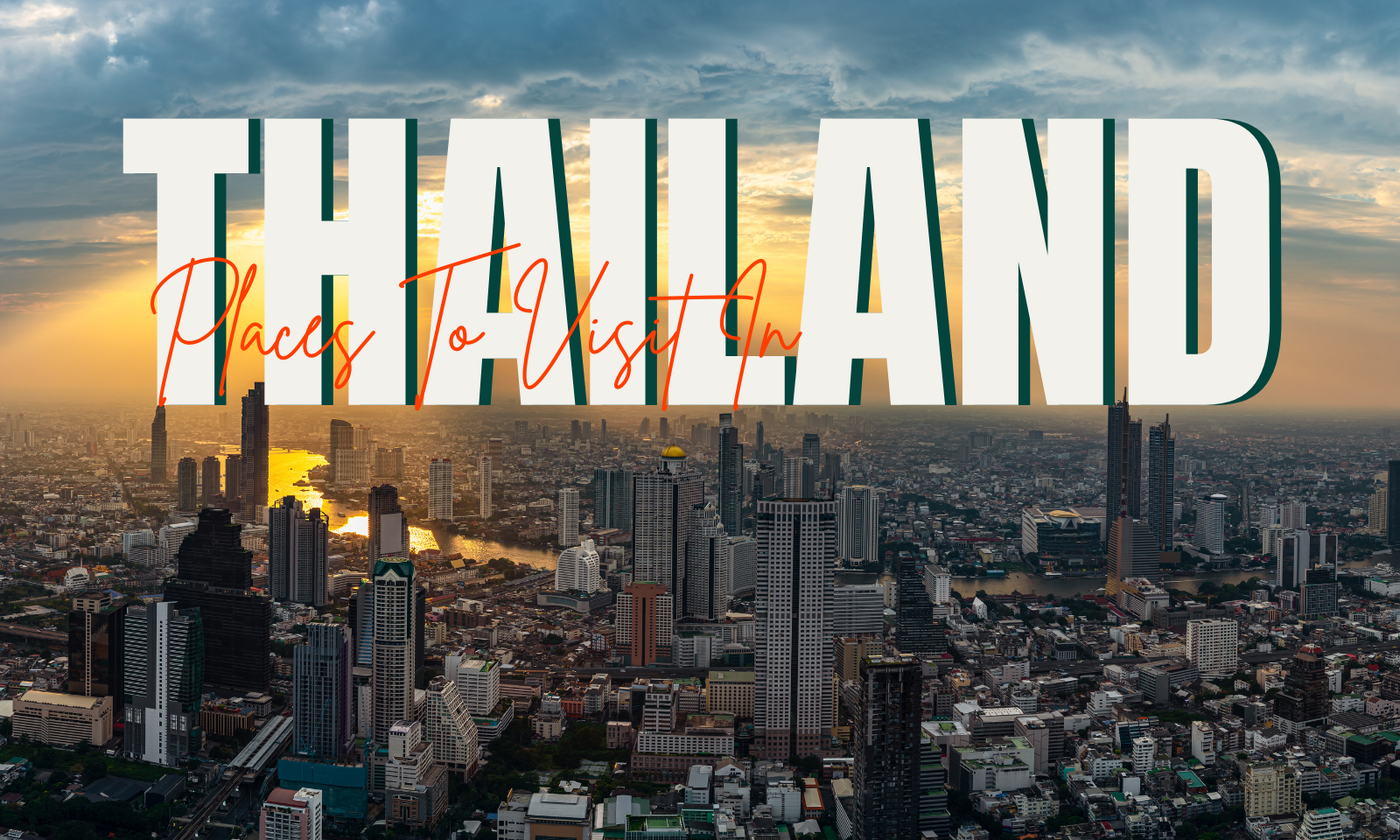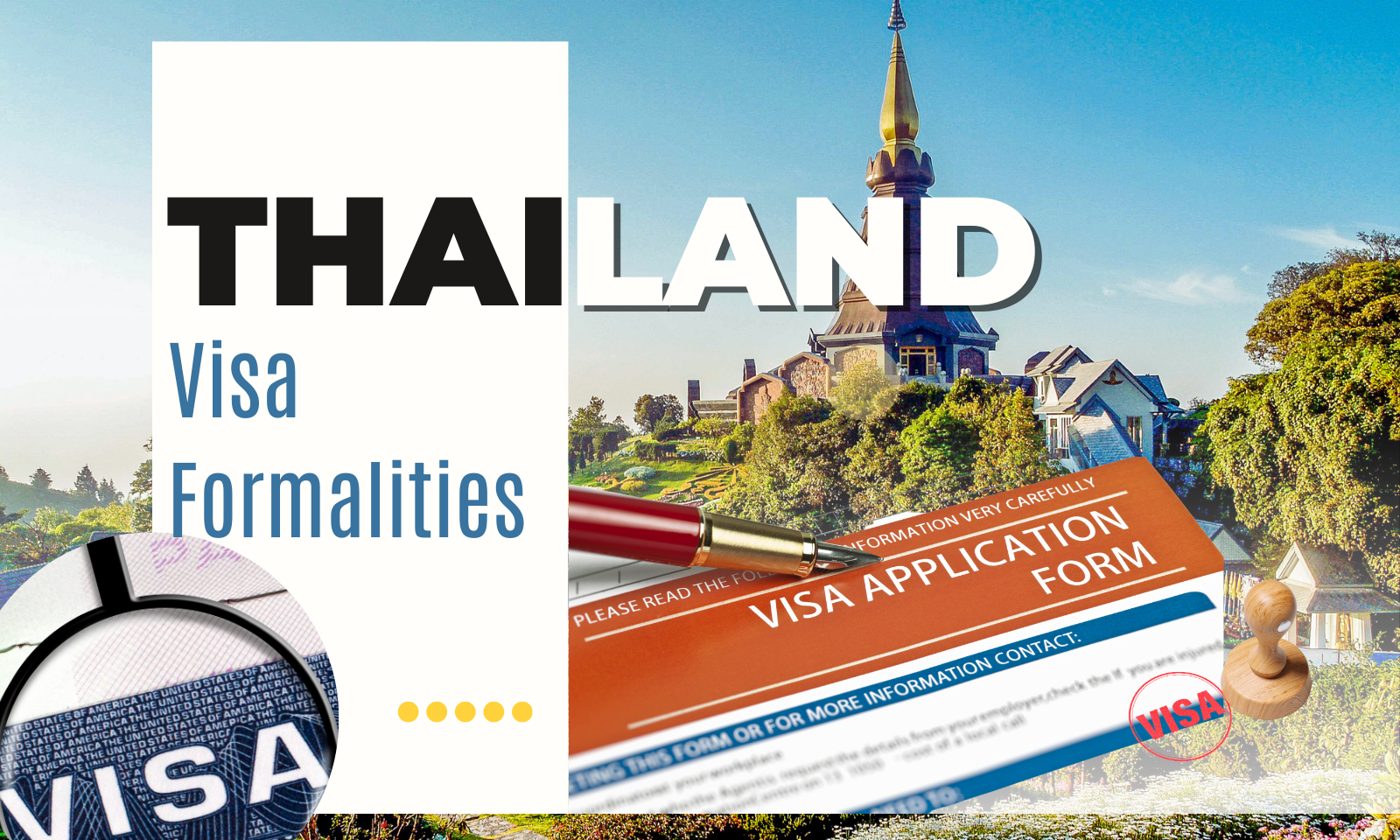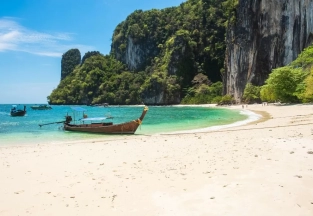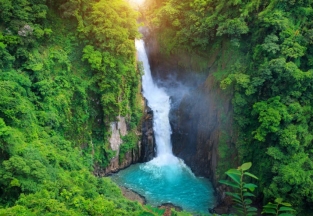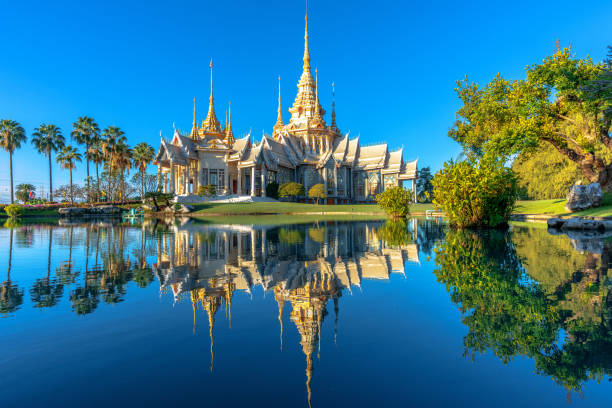
Nakhon Ratchasima
Nakhon Ratchasima, also known as Korat, is a vibrant gateway to Thailand’s northeast. From the ancient Khmer ruins of Phimai to the stunning nature of Khao Yai National Park, it offers a blend of history, culture, and adventure.

Exploring Nakhon Ratchasima: Gateway to Thailand’s Northeast
Often referred to as Korat, Nakhon Ratchasima is one of Thailand's largest provinces and serves as the gateway to the northeastern region, or Isaan. This bustling city is a fascinating blend of old and new, with modern shopping malls, ancient temples, and traditional markets coexisting harmoniously. While many visitors pass through Korat on their way to other destinations, the province itself offers plenty of attractions that make it worth a longer stay. Whether you’re interested in history, nature, or experiencing authentic Thai culture, Nakhon Ratchasima has something for everyone.
A Journey Through Time: Phimai Historical Park
One of the most significant historical sites in the region is Phimai Historical Park, home to some of the best-preserved Khmer ruins outside of Cambodia. Dating back to the 11th century, the Phimai Temple is a stunning example of ancient Khmer architecture, featuring intricate stone carvings and towering structures reminiscent of Angkor Wat. Phimai was once an important part of the Khmer Empire, and its temple complex served as a spiritual and cultural center.
Visitors can explore the Prasat Hin Phimai, the central sanctuary of the temple, which is adorned with detailed carvings depicting Hindu and Buddhist stories. The park is not only a historical gem but also a peaceful place to walk around, with lush greenery and well-maintained pathways. For those interested in Southeast Asian history and architecture, Phimai Historical Park is a must-see.
Khao Yai National Park: A Natural Paradise
Nature lovers visiting Nakhon Ratchasima will find themselves drawn to Khao Yai National Park, one of Thailand’s largest and most beautiful natural reserves. Located just a short drive from Korat, Khao Yai is a UNESCO World Heritage site and a haven for wildlife enthusiasts, hikers, and photographers. The park covers over 2,000 square kilometers of forested mountains, waterfalls, and grasslands, offering a wide range of activities for visitors.
One of the main highlights of Khao Yai is its diverse wildlife. The park is home to a variety of species, including elephants, gibbons, hornbills, and even wild tigers. For a truly unforgettable experience, take a guided night safari to spot nocturnal animals in their natural habitat. During the day, visitors can explore one of the park’s many hiking trails, which range from easy walks to more challenging treks through dense jungle.
Khao Yai is also known for its stunning waterfalls, including the famous Haew Narok Waterfall, which cascades down three levels into a deep pool below. The park’s scenery, with its mist-covered mountains and lush greenery, makes it one of the most scenic destinations in Thailand.
Discover the Dan Kwian Pottery Village
For a taste of local craftsmanship, visit the Dan Kwian Pottery Village, located just outside of Korat. This small village has been producing traditional Thai pottery for centuries, and visitors can watch skilled artisans at work, creating beautiful ceramics using techniques passed down through generations. The village is known for its unique reddish-brown pottery, which is made from local clay and features intricate designs inspired by ancient Thai motifs.
At the village, you can explore the pottery workshops, try your hand at making your own creation, and purchase handcrafted souvenirs to take home. Dan Kwian Pottery Village is a wonderful place to learn about Thai culture and support local artisans.
Korat’s Historical Landmarks
While Nakhon Ratchasima is a modern city, it is also steeped in history, particularly through its association with Thao Suranari, a national heroine who defended the city from an invasion in the early 19th century. The Thao Suranari Monument is a prominent landmark in Korat and a place where locals pay their respects. Every year, the city hosts the Thao Suranari Festival, celebrating her bravery with parades, performances, and cultural events.
Another significant landmark is the Korat City Gate, a remnant of the city’s old fortifications. The gate, along with parts of the old city wall, serves as a reminder of Korat’s strategic importance in Thailand’s history as a defense against invasions from the east.
Traditional Flavors and Local Markets
No trip to Nakhon Ratchasima would be complete without sampling the local cuisine, which is a mix of Isaan and central Thai flavors. Korat is particularly famous for Korat beef, a tender and flavorful variety used in many local dishes. You’ll find this specialty at street markets and local restaurants throughout the city.
For a truly local experience, visit the Korat Night Bazaar, where you can browse stalls selling everything from fresh produce and street food to clothes and souvenirs. Try traditional dishes like som tam (spicy papaya salad), larb (minced meat salad), and sticky rice, which are staples of the Isaan diet.
Modern Attractions: Korat’s Shopping and Entertainment
In addition to its historical and cultural sites, Nakhon Ratchasima boasts modern shopping centers and entertainment venues that cater to all tastes. Terminal 21 Korat is one of the largest malls in the city, designed to resemble an international airport with different sections dedicated to famous cities around the world. The mall offers a wide range of dining, shopping, and entertainment options, making it a great place to relax after a day of sightseeing.
For families, Dino Water Park provides a fun day out with water slides, pools, and dinosaur-themed attractions, making it a hit with children and adults alike.
Conclusion
Whether you’re exploring ancient Khmer ruins, trekking through Khao Yai’s lush forests, or delving into the local culture at Dan Kwian Pottery Village, Nakhon Ratchasima offers a diverse range of experiences that will captivate any traveler. As a gateway to Thailand’s northeast, Korat is a destination that blends history, nature, and modern comforts, making it a perfect stop for those looking to discover a lesser-known side of Thailand.
Travel Guide

Thai cuisine is aromatic, spicy, and bursting with flavor! From popular dishes like Pad Thai to exotic street food such as deep-fried insects, Thailand offers a unique culinary experience. With a blend of spicy, sweet, salty, and sour flavors, Thai food reflects the country’s rich culture and environment. Ready to savor Thailand’s best dishes?

